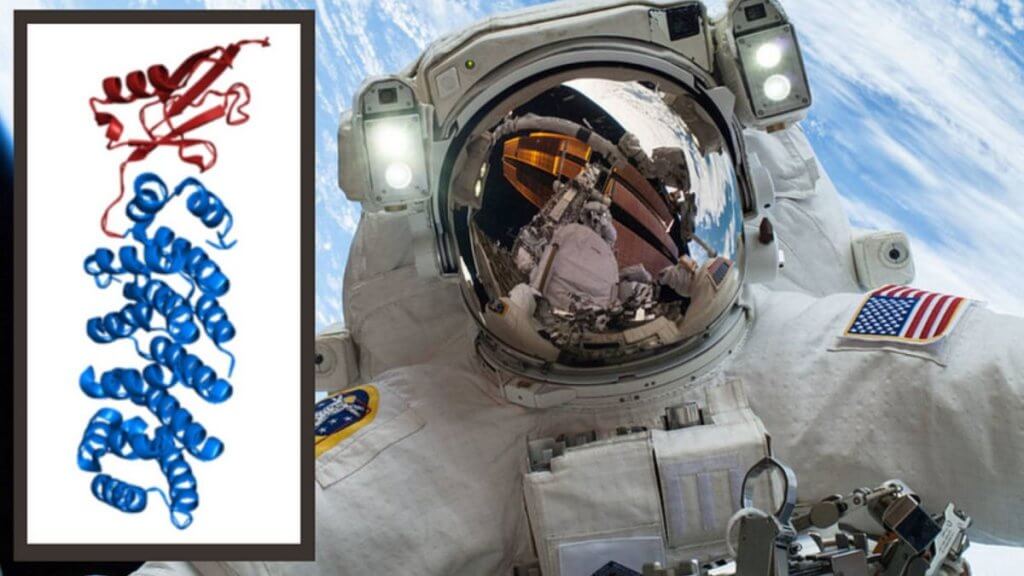Scientists have discovered how living cells may respond and adapt to the near weightlessness experienced in space. The discovery could help protect astronauts from the adverse health risks associated with long-term space missions.
While space isn’t completely free of the effect of gravity, especially immediately around Earth, this fundamental force is much weaker in orbit than on the surface of our planet. For instance, the effect of gravity at the International Space Station (ISS), just 220 miles (354 km) above Earth’s surface, is 90% weaker than on terra firma. This limited gravity is described as “microgravity” and it is known to trigger certain stress responses in the cells of living creatures.
Researchers including Rita Miller, professor of biochemistry and molecular biology at Oklahoma State University in Stillwater, have found that a protein modifier called “small ubiquitin-like modifier” or “SUMO” can help cells adapt to microgravity in artificially simulated circumstances.
Related: Weightlessness and Its Effect on Astronauts
“Under normal gravity conditions, SUMO is known to respond to stress and to play a critical role in many cellular processes, including DNA damage repair, cytoskeleton regulation, cellular division, and protein turnover,” Miller said in a statement (opens in new tab). “This is the first time that SUMO has been shown to have a role in the cell’s response to microgravity.”
SUMO usually interacts with proteins through two types of chemical bonds, by forming a covalent bond — the sharing of electrons to form electron pairs between atoms — with an essential amino acid called lysine, or via noncovalent interactions with another binding partner. Miller and the team looked at both types of SUMO bonding, or SUMOylation, in yeast cells in Earth gravity and in microgravity.
They found that in this organism, which is commonly used by biologists to assess and model cellular processes, the cells they analyzed underwent six cellular divisions whether exposed to normal Earth gravity or microgravity.
To discover the cellular processes that were affected by microgravity, the team simulated these conditions in the yeast using a cell culture vessel developed by NASA. They then compared the levels of protein expression levels (the way in which proteins are synthesized, modified and regulated in living organisms) in cells that were exposed to this weak gravity condition and in other cells that experienced normal Earth gravity. They also looked for which proteins interacted with SUMO in each situation.
What Miller and the team discovered was that in microgravity, 37 proteins had interacted with SUMO and that these showed expression levels had increased by 50% compared to the same measurement in cells exposed to normal Earth gravity.
Of the 37 proteins affected, some are vital for the repairing damaged DNA, something that can be caused in space due to the increased risk of exposure to cosmic radiation. Other proteins that had their interaction with SUMO affected by microgravity included those involved in energy and protein production, maintaining cell shape, cell division and the transport of protein within cells.
“Since SUMO can modify several transcription factors, our work may also lead to a better understanding of how it controls various signaling cascades in response to simulated microgravity,” said Miller.
The team will now attempt to discover if the lack of this SUMO modification in selected proteins can actually be harmful to cells exposed to microgravity.
Graduate student in Miller’s laboratory, Jeremy Sabo, will present the findings at Discover BMB (opens in new tab), the annual meeting of the American Society for Biochemistry and Molecular Biology, to be held between March 25 – 28 in Seattle.
Follow us on Twitter @Spacedotcom (opens in new tab) or on Facebook (opens in new tab).

